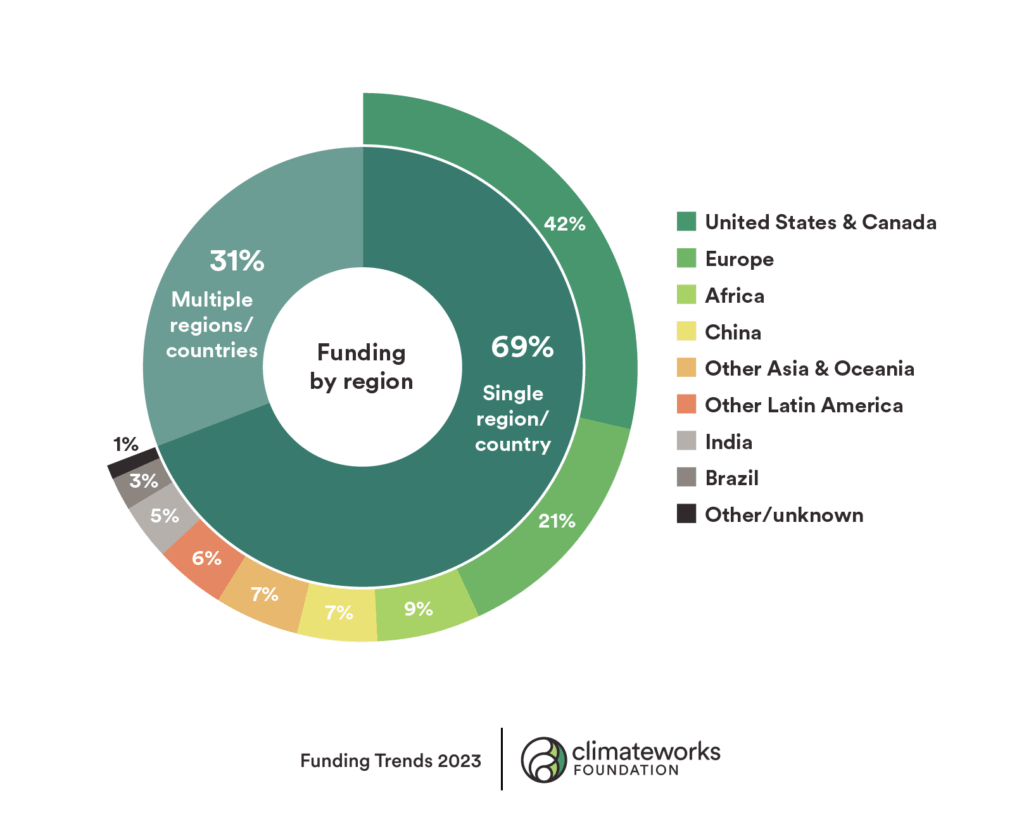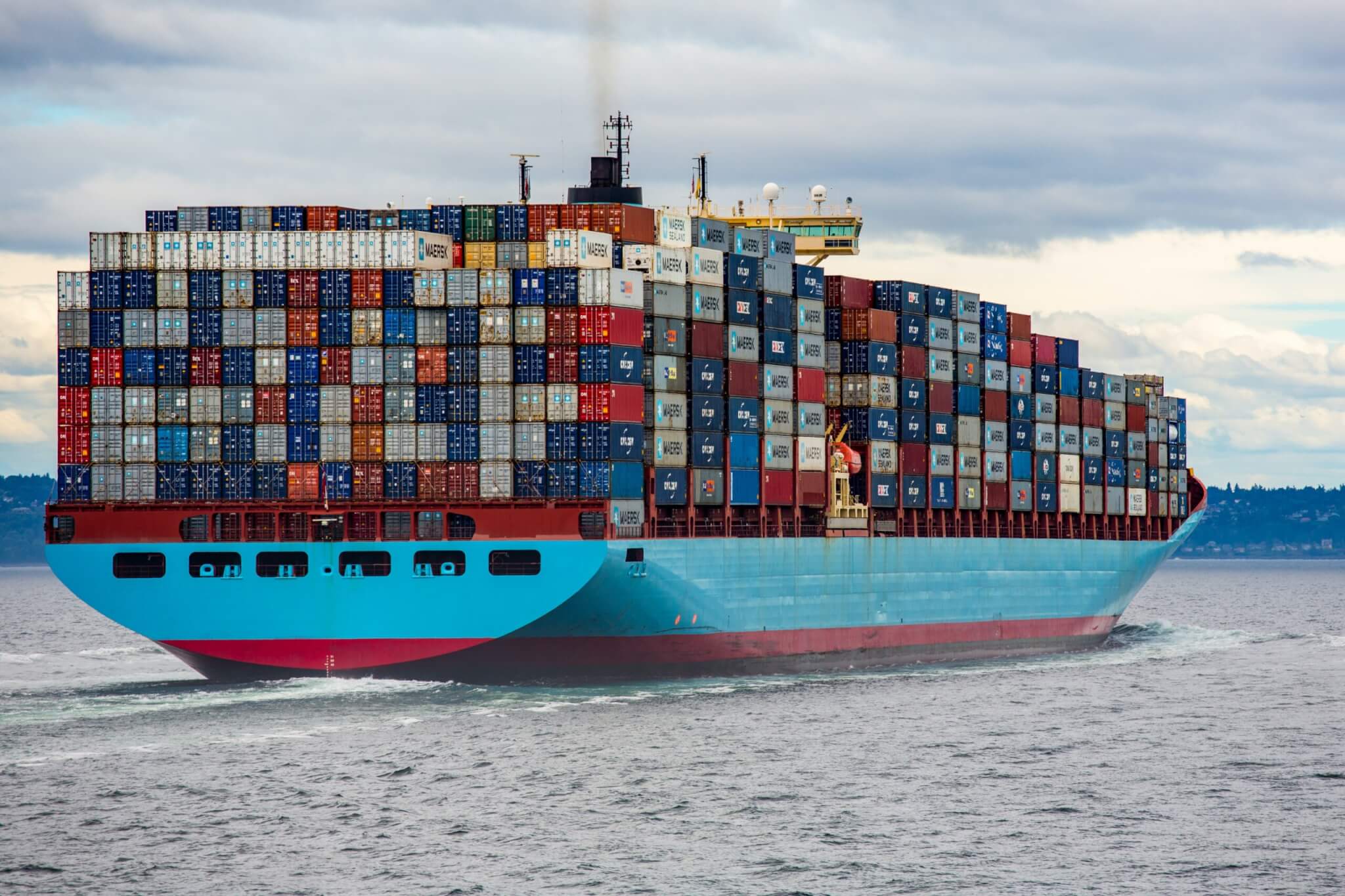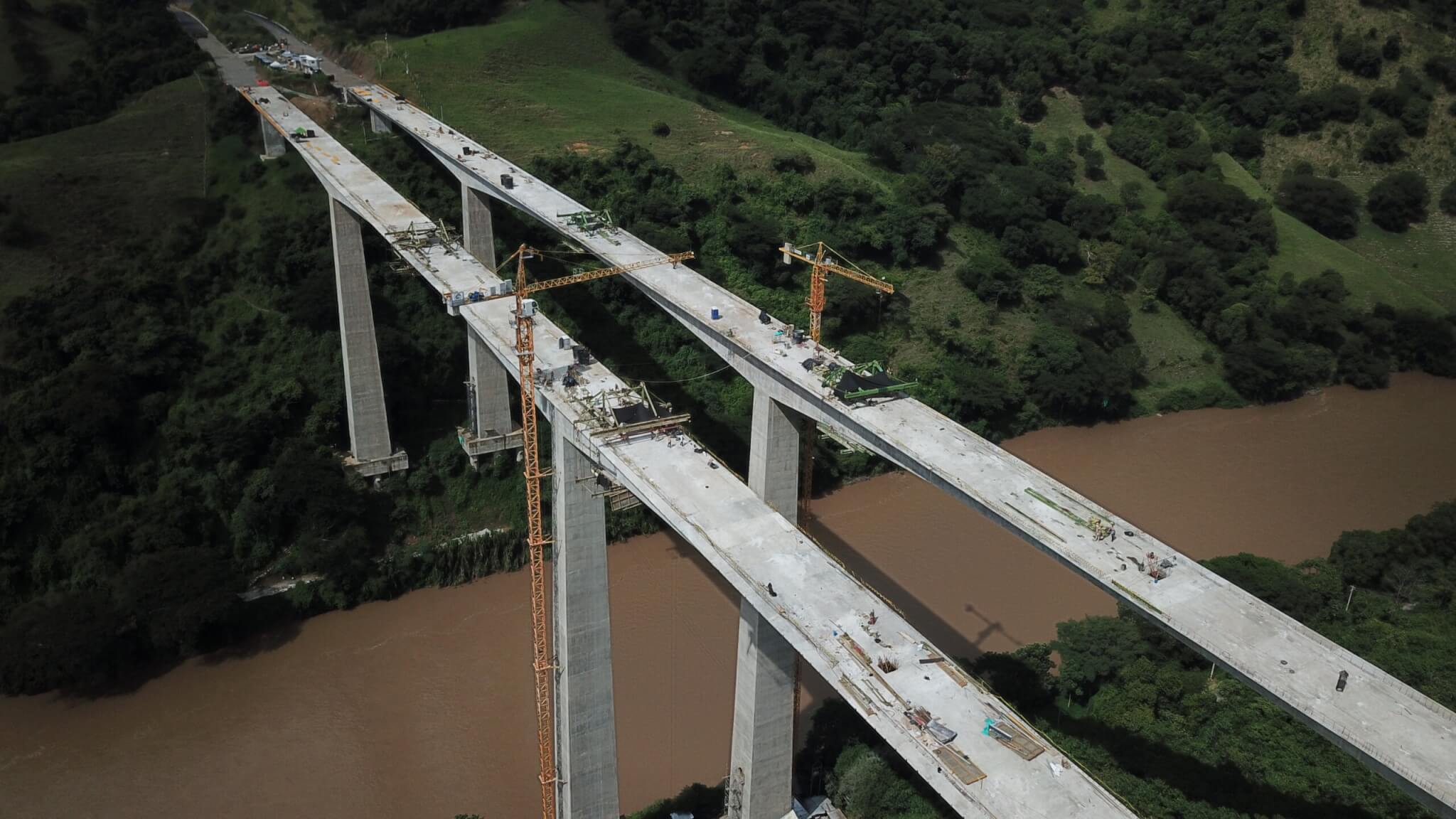
After the hottest year on record, 2024 has continued to bring unprecedented heat and extreme weather events. Today, 80 percent of people globally want their country to do more on climate change. The calls for bold action are louder than ever, and much more is needed to course correct to achieve a sustainable and just future for all people.
The Center for Effective Philanthropy’s 2022 report, Much Alarm, Less Action, highlighted the gap between rising concern and concrete action in addressing the climate crisis within philanthropy. Two years later, the landscape has shifted significantly, with philanthropy organizations increasingly stepping up to help bridge this gap and drive innovative solutions to address this global emergency.
Progress and Peril Halfway to 2030
At the midpoint of the 2020s — the decisive decade for climate action — we face two realities: significant progress and escalating urgency. On one hand, we’ve seen remarkable strides in global climate action, benefiting public health, livelihoods, and the climate. To name a few examples:
- Renewables are now the cheapest form of power.
- The transition to clean transportation, spurred by electric vehicle sales, is accelerating faster than anticipated.
- Philanthropy and the broader civil society climate action community have grown more numerous, diverse, and agile, moving with greater scale and speed.
These successes lay a solid foundation for continued progress. However, current global action does not align with the Paris Agreement’s goals, and many communities still lack the resources needed to respond effectively to the accelerating pace of climate change.
Here’s how philanthropy is adapting in addressing the climate crisis.
Prioritizing Implementation
The world has made progress toward avoiding the most dire climate projections, with current policies aiming to limit warming to between 2.5° C and 2.9° C. But even this level of warming would be devastating to nations and communities around the world. The good news is that nearly 145 countries have announced or are considering net zero targets, covering close to 90 percent of global emissions. Now is the time to turn these promises into action.
Climate funders are increasingly focused on supporting the implementation of existing policies and pledges. Funder collaboratives like the Drive Electric Campaign and Forests, People, Climate are central to this effort, mobilizing resources to accelerate shifts in key areas while strengthening coordination across sectors and geographies to drive impactful solutions at scale. Hewlett Foundation’s updated climate initiative strategy also emphasizes the need to support countries and industries in fulfilling their climate commitments, reflecting a broader shift toward improved coordination in climate action across all sectors of society, including philanthropy, businesses, governments, and communities.
Significant climate policy wins over the past few years, like the U.S.’s Inflation Reduction Act and the EU’s Fit for 55, have been shaped, in part, by philanthropy and lay out a clear path for continued philanthropic engagement to help realize their full potential. Philanthropy now has the opportunity to build on these successes to unlock more finance for implementation, including greater resources for underrepresented sectors and geographies.
Expanding Beyond Mitigation to Adaptation and Resilience
Philanthropy is also expanding its focus beyond climate mitigation to help communities adapt to the impacts of climate change being felt today. This work is particularly compelling for funders new to climate issues, as it connects directly with their existing priorities and the communities they serve, which are increasingly affected by the climate crisis.
An example is the Adaptation and Resilience Funder Collaborative, launched at COP28. This collaborative brings together more than 50 foundations focused on climate adaptation and resilience. In response to the UN Secretary-General’s call to action on extreme heat, a group of these philanthropies made an initial commitment of $50 million to support adaptation and resilience efforts in regions most vulnerable to the impacts of climate change.
Innovative approaches supported by philanthropy include piloting community-based parametric insurance in India, building coalitions to advocate for debt reform for small island developing states, fostering entrepreneurship in East Africa to develop cold chain infrastructure, and scaling the use of solar-reflective ‘cool’ roofs.
Expanding Support for Communities Worldwide
As funding for climate action has grown, so has the climate philanthropy ecosystem. According to ClimateWorks Foundation data, the number of grantees receiving climate change mitigation funding has nearly doubled from 2015 to 2021, and foundation funding continues to grow steadily each year. More foundation funding is now reaching regions outside the geopolitical north, with significant growth in Africa, India, and Latin America. However, these locations still represented only 12 percent of total foundation funding for climate change mitigation.

This expansion of funding and support must continue to catalyze more transformative action.
In addition, intermediaries will continue to play a critical role in increasing funding for climate action by coordinating efforts and connecting funders to local experts implementing change on the ground. There is an expanding and diverse constellation of intermediaries for funders to work with, from those that take a global view to those that are movement-accountable, geographic (Viriya ENB, African Climate Foundation, and Instituto Clima e Sociedade), or sectoral (Global Methane Hub).
Climate Philanthropy in a Changing World
This moment is crucial not only because we are halfway through the decisive decade but also because 2024 is one of the most significant election years in history. With nearly half of the world’s population casting votes, the outcomes will shape the pace and scale of climate action for decades to come.
As these elections unfold, they are spotlighting the kitchen table issues that people care about most — issues like economic opportunity, health, education, safety, and more. This presents an opportunity to clearly demonstrate how climate is not just about the environment but about all the things people hold dear. Philanthropy has a vital role in amplifying this message, increasing participation in climate solutions, and building broad-based support by showing how these solutions benefit people, communities, and economies alike.
In addition to growing support for adaptation and resilience, efforts like the IKEA Foundation’s just transition initiative, which centers community voices in the geopolitical south’s energy transition, exemplify how philanthropy is working in new ways to foster more inclusive climate action.
Looking Ahead: Amplifying Philanthropy’s Impact
The next five years will be pivotal in determining whether we can achieve the progress needed to meet the Paris Agreement goals, support those feeling the impacts of climate change today, and secure a more sustainable and equitable future.
As the landscape of climate giving evolves, philanthropy has immense potential to catalyze transformative change. The path ahead requires our collective effort. As Christiana Figueres, one of the key architects of the Paris Agreement, said, “This is the decade, and we are the generation.”
Climate change is a wicked problem that demands every lever at society’s disposal be used to solve it — and philanthropy is critical to unlocking the financial and human capital needed to move from climate progress to climate solutions. Whether you are well into your climate journey or are just starting to think about what you might do, there’s never been a better nor more important time to make your mark. What steps might your philanthropy take today to contribute to a more secure, just, and brighter future for all?
This post was originally published on the Center for Effective Philanthropy’s blog here.



